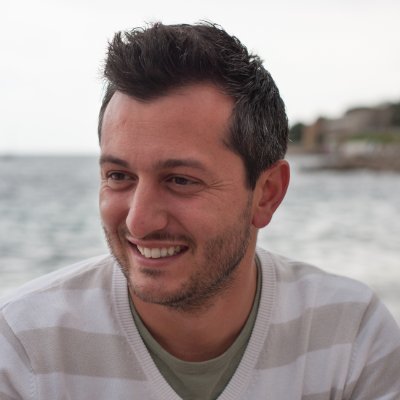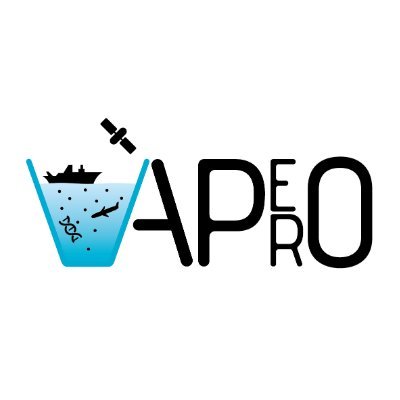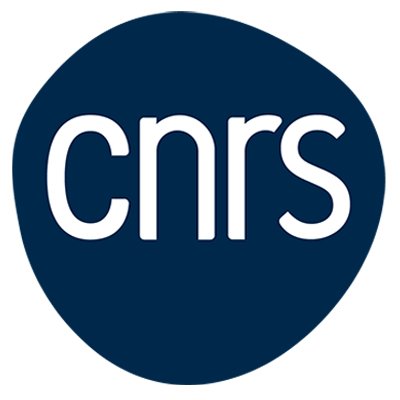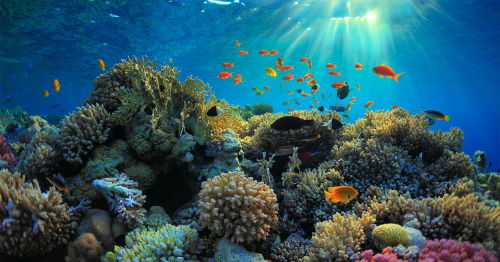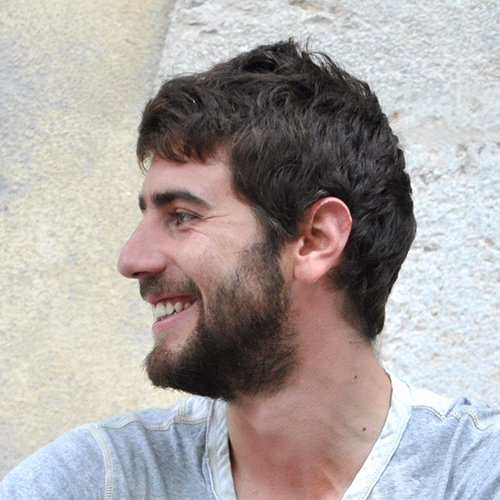
COMPLEX LOV
@ComplexLov
Followers
166
Following
136
Media
18
Statuses
181
The Computational Plankton Ecology (COMPLEx) team of the Laboratoire d'Océanographie de Villefranche (LOV)
VILLEFRANCHE-SUR-MER (FRANCE)
Joined November 2020
#JobAlert Nouvelle opportunité pour rejoindre notre équipe @ComplexLov @IMEV_mer @EmbrcFrance @CNRS_INSU Responsable de la Gestion et de l'Interopérabilité de Données d'Océanographie Biologique (Chief Data Manager for Biological Oceanography) H/F ▶️
0
5
4
Le Journal de Bord de notre vidéaste @Melvak_ continue avec un 9e épisode sur la Rosette CTD, un outil phare de l'océanographie à bord des navires d'APERO! Au menu: Prélèvements d'eau, filtrations & analyses 🌊🔬🦠🧬 📝 On vous partage (presque) tout sur
#CNRSocean 🌊 Le journal de bord de l'expédition @APERO_cruise continue ! Dans ce 9ème épisode, @Melvak_ nous présente la rosette CTD... Un instrument incontournable à bord des navires océanographiques qui permet de faire plonger les instruments scientifiques 🤿
0
9
21
De retour dans les coulisses d'APERO! 🎥 Dans ce 4e épisode du journal de bord, @Melvak_ vous emmène sous la neige marine...❄️🦠🌊 Découvrez les instruments océanographiques utilisés pour l'étudier! Au menu : Marine Snow Catchers et Ligne dérivante! #CNRSocean @CNRS
0
9
13
Le 3e épisode du Journal de Bord du vidéaste @Melvak_ est sorti! 🎥 On y découvre les filets utilisés pour étudier le plancton à bord du Pourquoi Pas? et une idée de ce qu'ils peuvent contenir... 👀🚢 📝 https://t.co/jqVksfCJVU 🖇️ https://t.co/Sfq2eWVudg
#CNRSocean
lejournal.cnrs.fr
#CNRSocean 🌊 La campagne @APERO_cruise se poursuit en Atlantique nord-est. Dans ce 3e épisode du journal de bord, notre envoyé spécial, @Melvak_, détaille comment les scientifiques collectent le plancton pour l'étudier, avec parfois de bien belles trouvailles... 🤩
0
8
11
🚢 Cela fait maintenant 15 jours que je suis arrivé en Atlantique Nord grâce au magnifique Pourquoi Pas ?. #CNRSocean @Apero_Cruise @CNRS 🚢 Pour l’occasion, j’ai réalisé mes premières images de drone en mer ! 📸 Vous en pensez quoi ?🥺
1
6
45
Pendant 40 jours, le vidéaste @Melvak_ va vous faire vivre les coulisses de notre campagne en Atlantique nord! Au programme de ce 2e épisode: océan profond, mésopélagique et export de carbone! ➡️📝 https://t.co/MjI81FI5kO ➡️🖇️ https://t.co/Sfq2eWW22O
@CNRS @INSU_CNRS #CNRSocean
0
12
30
A long time series and original imaging and data processing methods showed an increase in diversity and extreme morphologies of plankton along the oligotrophication of the Mediterranean Sea, presented by Miriam Beck from @ComplexLov at #ASLO2023. @LovLabo @IMEV_mer
0
0
0
To inform models and better understand the Biological Carbon Pump, the PSSdb project released its first product ( https://t.co/aErwsTOkpF): worldwide pelagic size spectra slopes and intercepts. It was just presented at #ASLO2023 by Mathilde Dugenne from @ComplexLov, @LovLabo
0
1
0
The Biological Carbon Pump session at #ASLO2023 allowed @drago_laetitia and others to present their work on the EXPORTS cruise. In situ imaging allowed her to understand eddy dynamics a shed light on the complex process that the BCP is. Great job! @ComplexLov @LovLabo
0
1
6
Following 5 months of glider deployment in the Ligurian Sea by a team of people from @LovLabo and @IMEV_mer, we can present the first results combining classic biogeochemical sensors and UVP imaging at #ALSO2023. @ComplexLov @Lov_OMTAB
1
3
5
Shortly after defending her PhD, Thelma Panaïotis brilliantly presented some of her work at #ASLO2023, exploring how mixotrophy influences the fine scale distribution of giant protists of the clade Rhizaria. @LovLabo @ComplexLov
0
2
4
The full provenance (sampling metadata) and environmental measurements corresponding to each samples and each collection events, completed with satellite derived data and model reanalysis, is fully provided within a collection of open access databases
1
1
1
All together those datasets pave the way to further works to track the effect of the very diverse environmental constraints that both the coral and the plankton are experiencing at the scale of the Pacific ocean, but see other papers from the same collection.
1
1
2
together with coral, an enormous amount of samples were also taken in open sea, using a protocol allowing to sample water, plankton, aerosols and trace metals (among others) while cruising at full speed!
1
1
2
it describes how the different samples were obtained, processed and preserved for various analysis.
1
1
1
To allow to everyone to find his way to such a jungle of data and samples, the full protocol description is also published
nature.com
Scientific Data - Open science resources from the Tara Pacific expedition across coral reef and surface ocean ecosystems
1
2
3
But such an expedition is also a "beast" by itself: 100 000 km of distance, 2.5 years of manipulation, 32 islands, 108 sites, 249 oceanographic stations, 58 000 samples following 44 different protocols, 10 automatic instruments giving rise to 3.8 million measurements.
1
2
6
Today get out the results of a 7 years marathon around the Tara Pacific expedition. In a collection of 8 papers ( https://t.co/Rj8kqjF2YF) and more to come.
nature.com
The Tara Pacific program involved a 2-year continuous scientific expedition at sea to reveal new facets of coral reef biodiversity across the Pacific Ocean.
1
19
40
Ça a poussé fort aujourd'hui! Le camion du @LovLabo est prêt pour Brest! Chargement du navire océanographique Thalassa dans 2 jours!! ⏳🚢 @ComplexLov @IMEV_mer
3
3
12
Glad to see our papers on DCMs distribution, #TopCited, and on their response to eddies, #TopDownloaded! 👀 https://t.co/0SdZpXV5yz
https://t.co/hgzqIazJjB Thanks @HClaustre for coordinating this PhD work at @LovLabo, @SabOceano & R. Laxenaire, and all collaborators! #BGCArgo
agupubs.onlinelibrary.wiley.com
The main characteristics and drivers of Deep Chlorophyll Maxima (DCM) are analyzed from a global BGC-Argo database Latitude and season determine the occurrence and characteristics of DCMs DCMs r...
1
7
18

